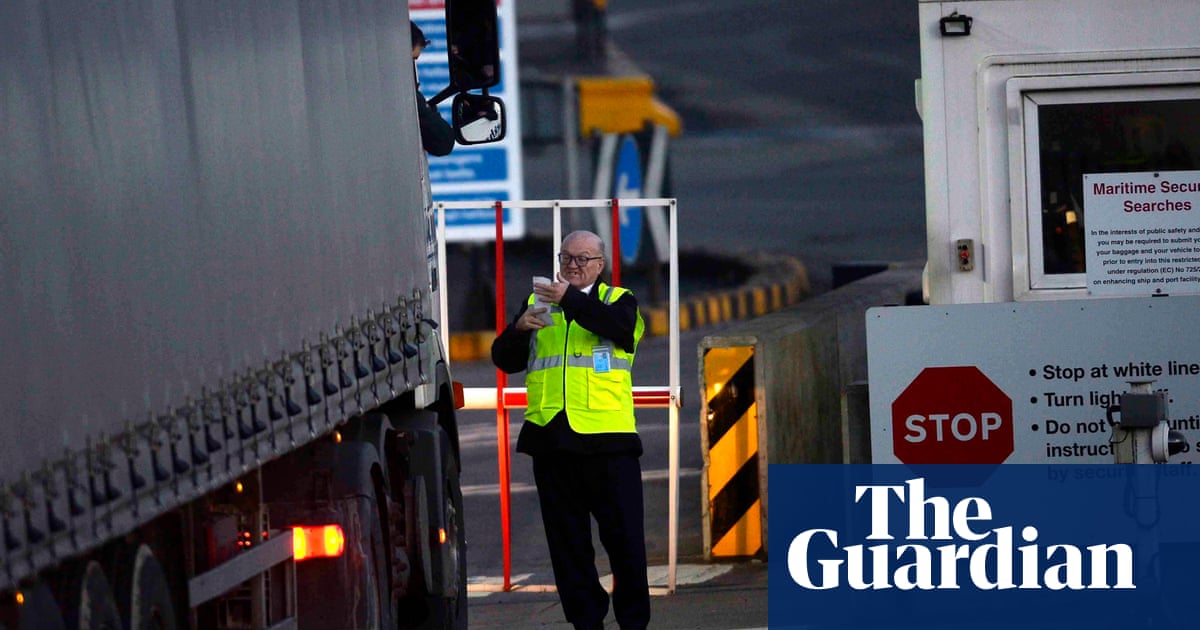
The proposed inspections would have cost $170 per engine for two hours of labor
Southwest Airlines Chairman and CEO Gary Kelly explained the airline’s maintenance procedures in a 59-second video posted to Twitter
WASHINGTON/PARIS: Southwest Airlines clashed with engine-maker CFM over the timing and cost of proposed inspections after a 2016 engine accident, months before the explosion this week of a similar engine on a Southwest jet that led to the death of a passenger, public documents showed.
The proposed inspections would have cost $170 per engine for two hours of labor, for a total bill to US carriers of $37,400, the US Federal Aviation Administration said in its August 2017 proposal, citing the engine manufacturer.
The documents reveal that airlines including Southwest thought the FAA had “vastly understated” the number of engines that would need to be inspected — and therefore the cost.
The documents are part of the public record on the FAA’s initial proposal for inspections and the response from airlines made in October, within the designated comment period.
The FAA and CFM International made the inspection recommendations after a Southwest flight in August 2016 made a safe emergency landing in Florida after a fan blade separated from the same type of engine. Debris ripped a foot-long hole above the left wing. Investigators found signs of metal fatigue.
On Tuesday, a broken fan blade touched off an engine explosion on Southwest Airlines flight 1380, shattering a window of the Boeing 737 jet and killing a passenger. It was the first death in US airline service since 2009.
The FAA is not bound by any specified time periods in deciding whether to order inspections and must assess the urgency of each situation.
Southwest and other airlines in their responses in October objected to a call by CFM to complete all inspections within 12 months. The FAA proposed up to 18 months, backed by Southwest and most carriers. Southwest also told the FAA that only certain fan blades should be inspected, not all 24 in each engine.
“SWA does NOT support the CFM comment on reducing compliance time to 12 months,” Southwest wrote in an October submission.
CFM is a joint venture of General Electric Co. and France’s Safran.
Southwest said in its submission that the FAA’s proposal would force the carrier to inspect some 732 engines in one of two categories under review — much higher than the FAA’s total estimate of 220 engines across the whole US fleet.
“The affected engine count for the fleet in costs of compliance ... appears to be vastly understated,” it said.
Southwest spokeswoman Brandy King said on Thursday that the comments “were to add further clarification on items included in the proposed AD (airworthiness directive).”
She said the company had satisfied CFM’s recommendations, but she did not immediately answer questions about how many engines had been inspected and whether the failed engine had been inspected.
Late on Thursday, Southwest Airlines Chairman and CEO Gary Kelly explained the airline’s maintenance procedures in a 59-second video posted to Twitter. He said the airline hires GE to do heavy overhaul or maintenance work on all of its engines.
“So GE provides the guidelines for maintenance inspections and repairs over the life of the engines,” he said.
Southwest Airlines Chairman and CEO @Gary_Kelly explains our engine maintenance program, including how we work with our partners. pic.twitter.com/cRVPZjYJIh
— Southwest Airlines (@SouthwestAir) April 20, 2018
The airline on Tuesday evening said it would conduct accelerated ultrasonic inspections of the fan blades on CFM56 engines within the next 30 days.
“In addition to our accelerated inspections we are meeting with GE and Boeing on a daily basis regarding the progress of the inspections and we will continue to work with them throughout the rest of the investigation,” Kelly said in the video.
The FAA said on Wednesday it would finalize the airworthiness directive it had proposed in August within two weeks. It will require inspections of some CFM56-7B engines. FAA officials acknowledged that the total number of engines affected could be higher than first estimated.
The FAA, which has issued more than 100 airworthiness directives just since the beginning of this year, has said that the time it takes to finalize directives depends on the complexity of the issue and the agency’s risk assessment based on the likelihood of occurrence and the severity of the outcome.
The National Transportation Safety Board said on Thursday that investigators would be on the scene into the weekend but declined any new comment on the investigation.
Investigators said one of the fan blades on Tuesday’s Southwest flight broke and fatigue cracks were found.












